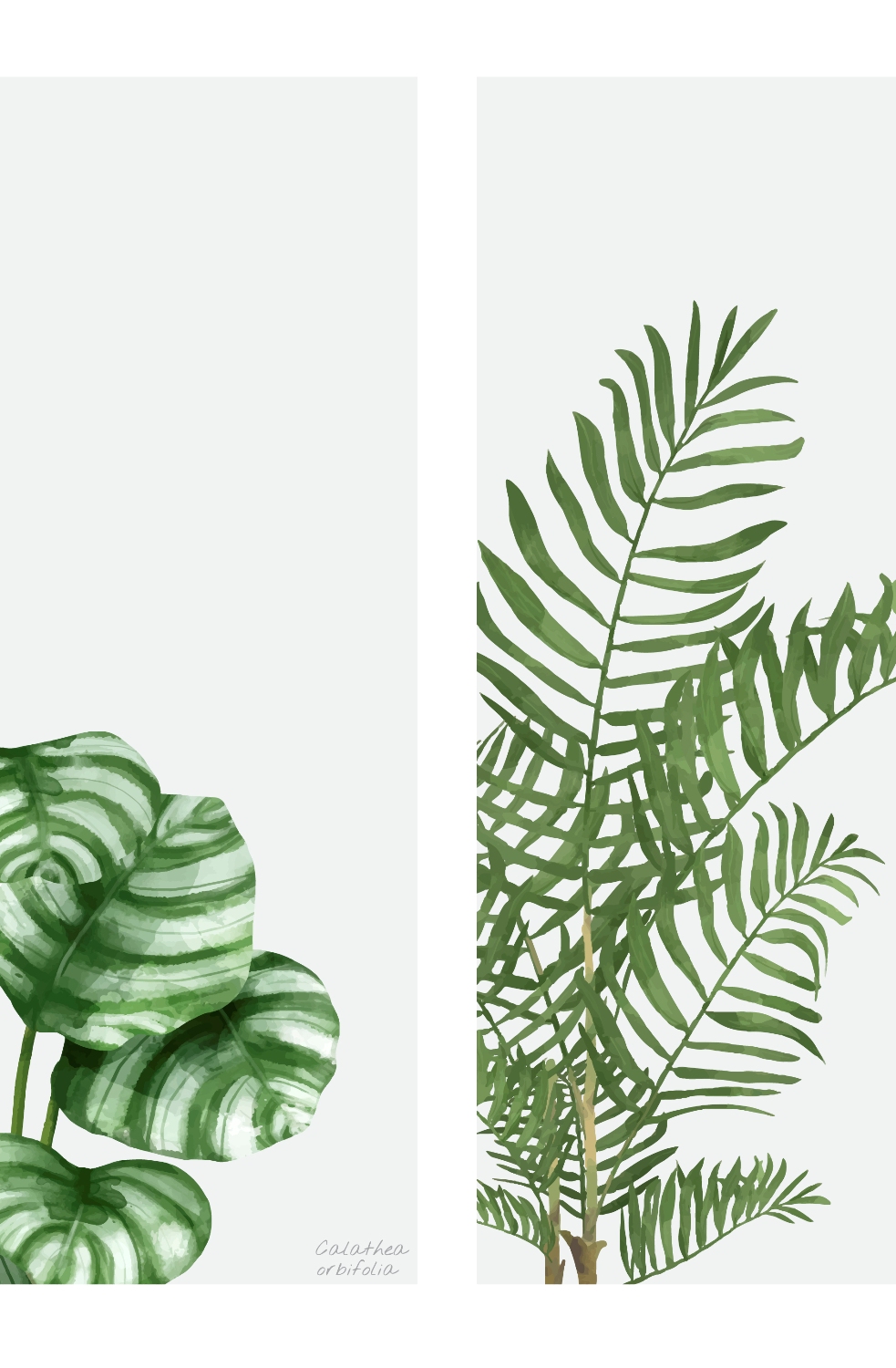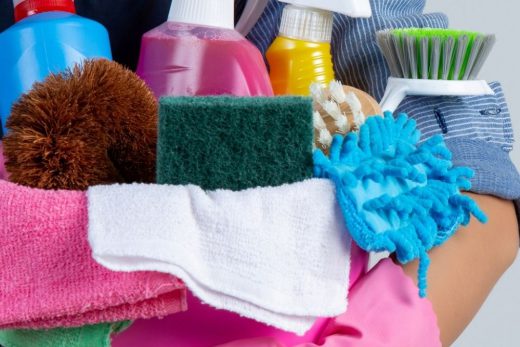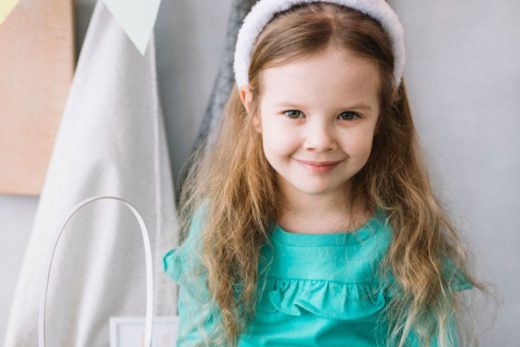More creative decor for fresh air – to keep indoor plants around your home there are many benefits . However, interior conditions of plant species which are them appropriately and how appropriate it can be difficult to know what to look.
- Monstera deliciosa, or “Swiss cheese factory”
Marked green leaves with holes, each room is stunning makes a statement and to fit in every area they can grow. Monstera plants to direct sun out of sunlight, prefer a warm climate and soft, regular cleaning with a damp cloth to take advantage of .
In Melbourne plant in a store which is beyond sunflowers Gisele Zanier, founder, Better Homes and gardens gave “the over-watering root this can lead to rot, because most the top 4 cm of soil is dry wait, the symptoms of yellowing or leaves are fading,” , he said . “For best results Monsteras, quite humid conditions should benefit from that therefore, avoid artificial heating and cooling, were planted in pots in the spring and summer when the monthly they need to feed.”
Monsteras she loves to climb in the natural environment, so stake or cage gives a tour to support him.
- I epipremnu aureu or devil’s Ivy
Gold also known as pothos or pothos, devil’s Ivy, the house is convenient to any location in fast growing it is a vine and forgiving . Whether in hanging baskets whether you are in cut areas or in pots in a glass vase, this the plants require very little maintenance, and certainly is striking. Leaves are waxy, heart-shaped depends on the type of and color – Wilcoxii Queen variegated cream white and green marble more and grayish-Yesil has color, bright neon Open Yesil-Yesil shade and a yellow three color the leaves. yellow, light cream and Yesil the color is spotted. The drought pretty they are tolerant and regular fertilization are not necessary. Devil’s Ivy in water once a week deeply and winter in two weeks is a cut.
- Dracaena Cane or bulk massangea
This the plant is popular among beginners and thanks to durable construction, usually a the office fiber . Mass Cane usually it passes through them the stems and stemmed Yesil light yellow strips and with long, Yesil grows with leaves 1.2 to 1.8 meters tall. Great if you are looking for a large plant option. This plant bright indirect light is best is placed, but low light can tolerate. You will need to irrigate only once a week. However, Dracaena ‘of dogs and massangeana it is important to note that are poisonous to cats, for this reason, the furry friends around the House this is the best option if you have not.
- Spathiphyllum or peace lily
Common as the peace lily, also known as Spathiphyllum, especially NASA’s best weather since it is located in the list of cleanup options a house plant has been popular for a long time since . Glossy, dark leaves and striking Yesil has white flowers, usually between 45 and 65 centimeters tall grows. These tropical plants are bright, thrives in indirect light, low can cope with light, but this insufficient cause the plant to bloom you may be. Peace lilies often more during the warmer months once a week, less frequent in winter as will need watering and misting. Wet or hate and root rot from wet soil they tend to, so the plants between waterings let it dry a bit. To prevent dust accumulation make sure to remove the leaves. The plant is poisonous and severe discomfort if ingested as it may cause him to chew tends away from pets or children who may be ensure are kept.
- Bromeliad
To Bromeliad to intimidate you . Once developed it is seen as a plant for gardeners also, that form rosettes this beautiful colored long lasting plants, easy, low-maintenance house plants. The interior is in medium to bright light need (but not direct sunlight not drained, shallow and fast are successful in saucepan. In the warmer months once a week, less in winter the center of the plant container (also known as the tank) you can water the plant by filling out. Water regularly to prevent stagnation make sure you rinse. Heavy since they are not feeders, a slowly oscillating drop into the cup of the fertilizer plant, or in the season once you can mix into the soil.





